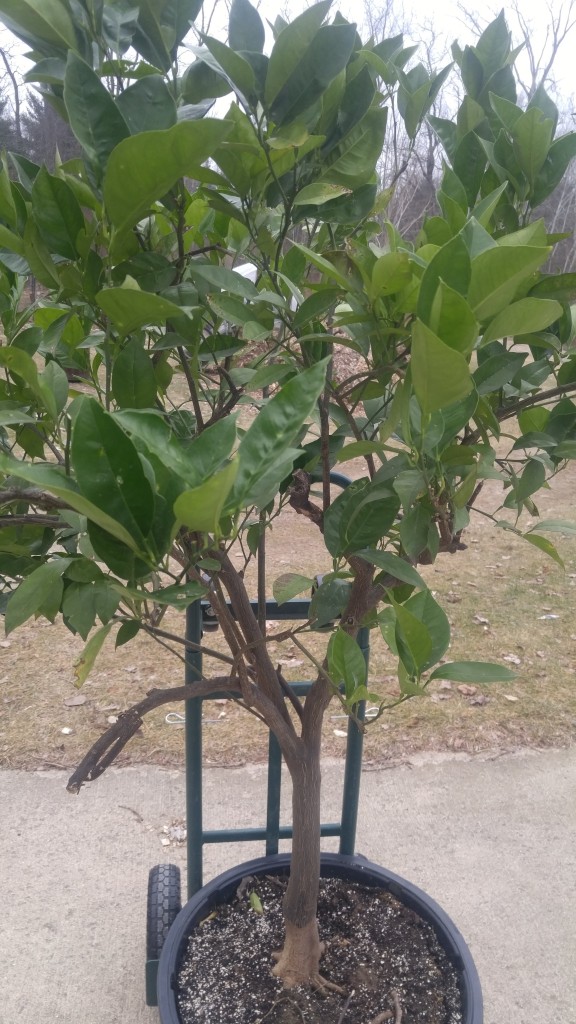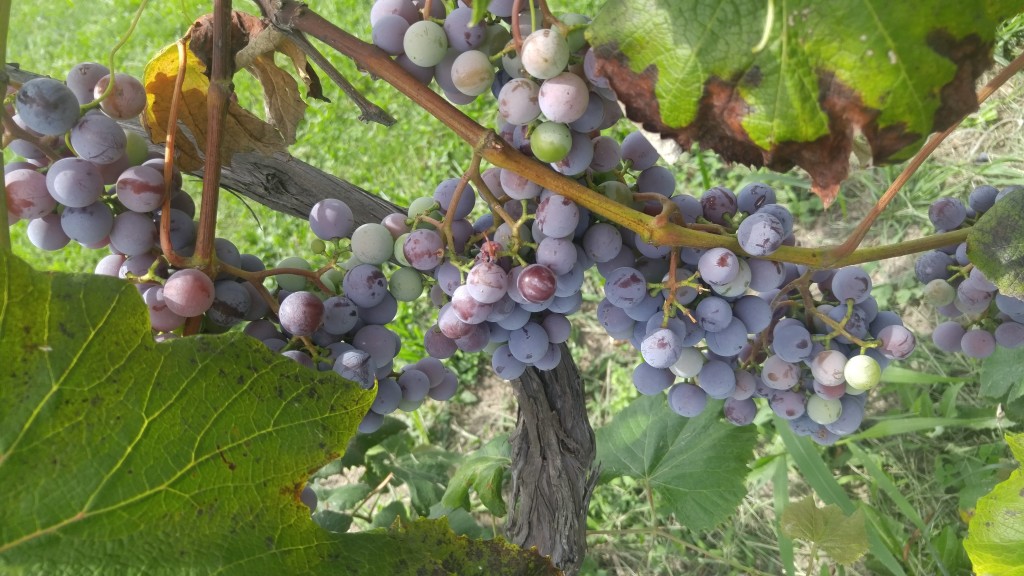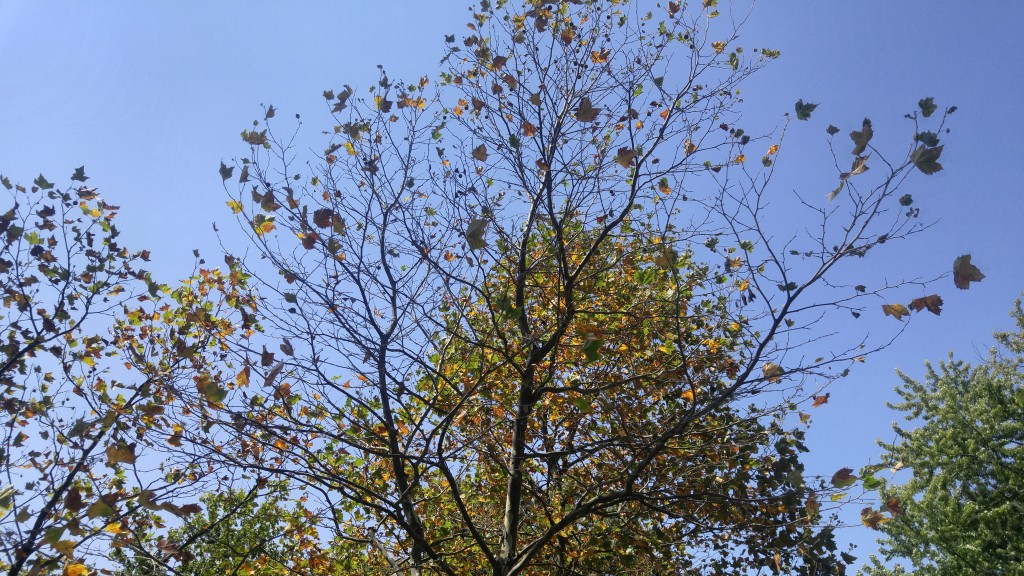Growing up in a rural area of southern Michigan, I had a chance to absorb a lot of our local farm culture. Back them there were plenty of old-timers who, in their younger days, had farmed their acreage with teams of horses. Those gray-haired farmers had plenty of advice and time-worn proverbs to pass along. One that stands out for me is the meaning of Groundhog Day.
I don’t know the history of Groundhog Day in Punxsutawney but the town has so successfully managed to turn Groundhog Day into its own event that many people don’t even know, or care, that this minor holiday has been around way before weatherman Phil Connors got caught in that time-loop in Pennsylvania. The first time I ever heard of the town of Punxsutawney was on an episode of The Rocky and Bullwinkle Show. I’m not sure in what context it was, I just thought it was funny to hear a cartoon character say “Punxsuatawney Pennsylvania”.
Most of the farmers in our area had some sort of livestock, often it was dairy cows. They would grow corn and hay as feed for their animals rather than purchase it off site from somewhere else. That meant storing feed on the farm; dried corn, still on the cobs, in corn-cribs and hay up in the second story hay mows above the livestock area on the ground floor. Farmers could easily judge by eye how much their livestock were eating.
Feeding livestock through the winter could be a challenge if the previous growing season’s harvest was below normal. Groundhog Day was, according to those farmers I knew, the half-way point of winter. By that they meant, if you still had half of your feed or more left in storage by Groundhog Day, you will make it through to spring. If not, then potentially you would run short of feed.
In our rural elementary school, Groundhogs Day was a fairly big deal. Our teachers never mentioned the practical side of the day but we did learn about the whole six weeks before spring thing. My classmates would come in to school on the morning of February second and excitedly report if they thought there was enough sunlight for a groundhog to cast a shadow.
I still use this day as reminder when I look in my deep-freezer and estimate how much frozen garden produce I have left from last year’s harvest.
Bob



